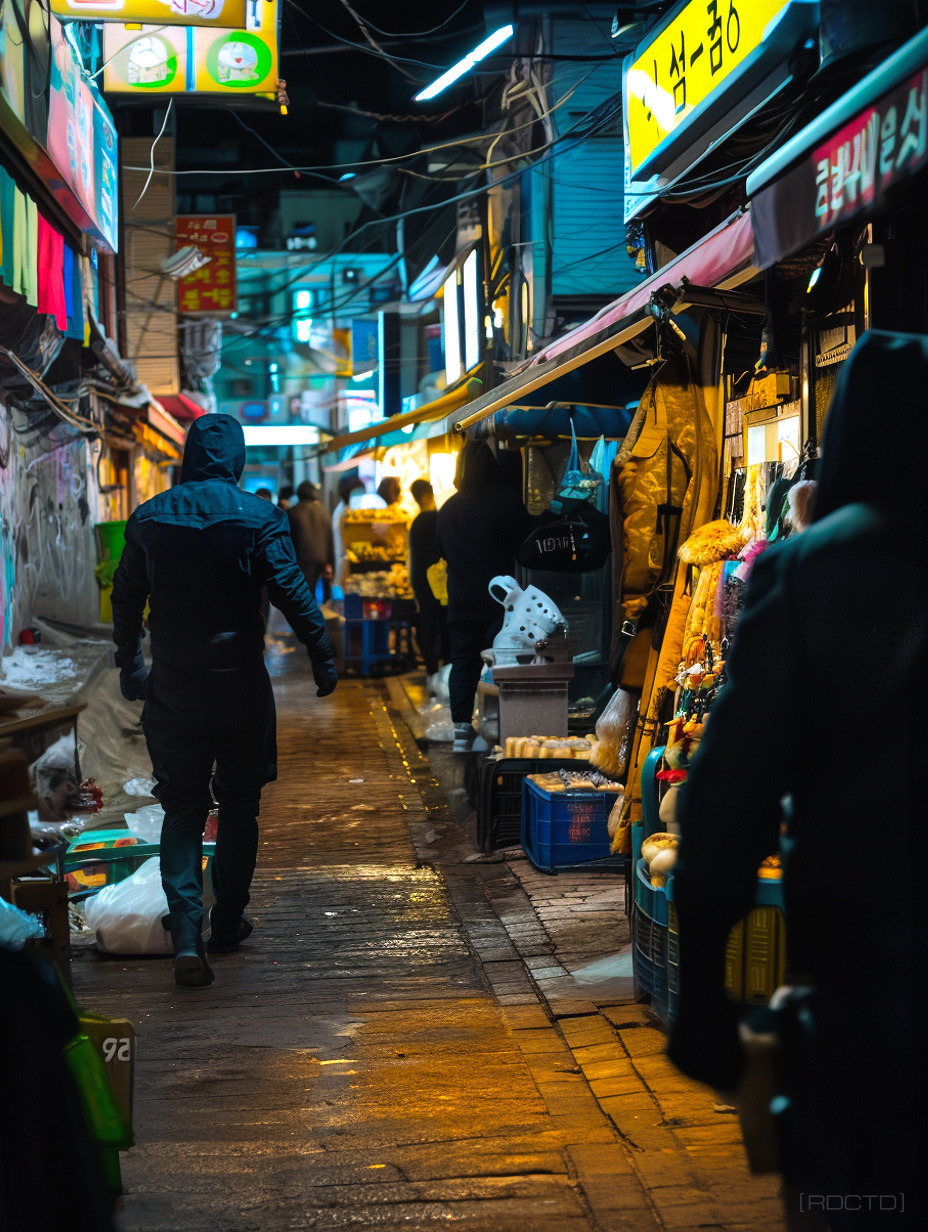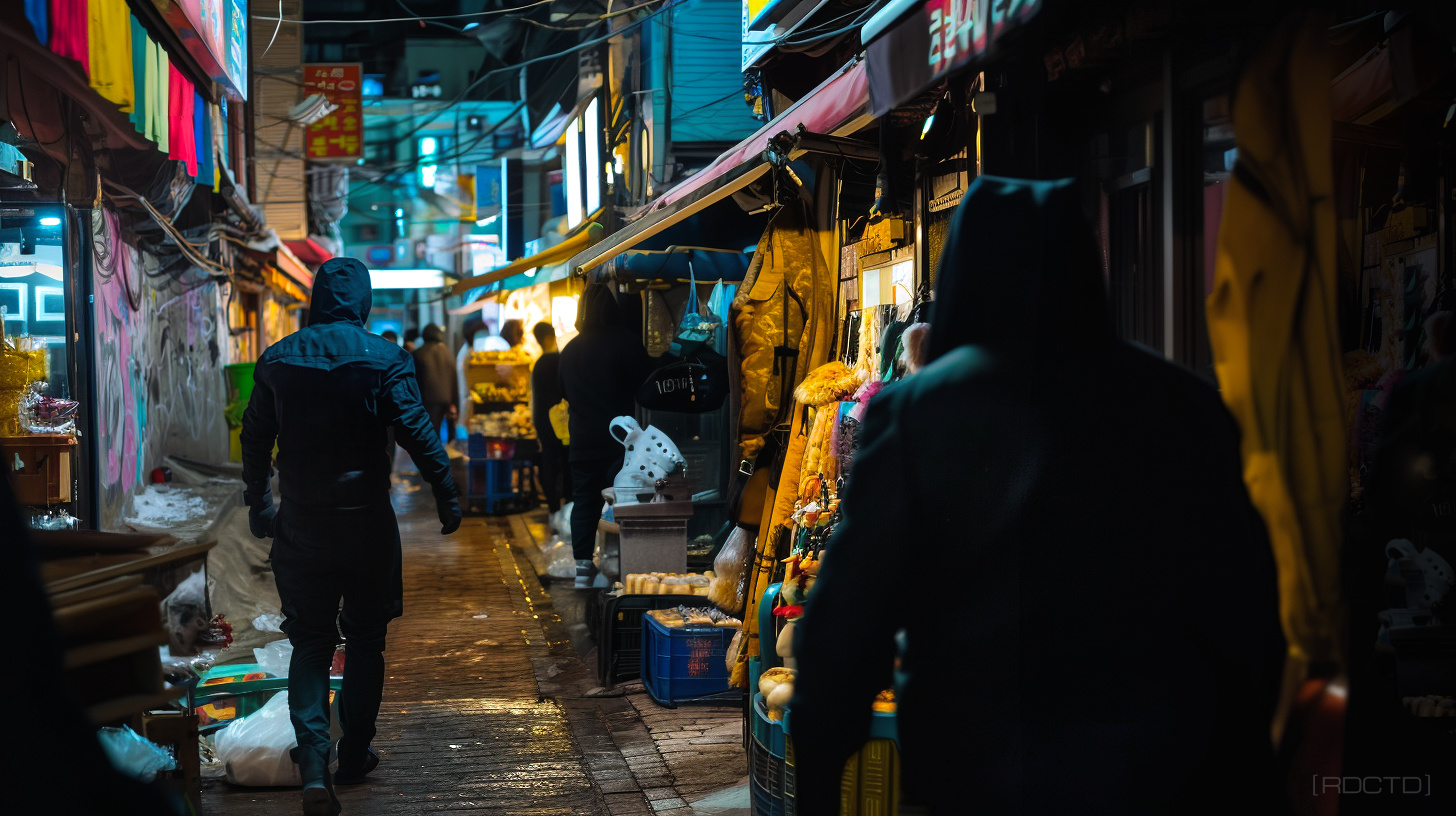 When you can read the room, the street, and the people in it, you’re no longer reacting to threats, you’re controlling them – not by predicting the future but by reading the present better than everyone else.
When you can read the room, the street, and the people in it, you’re no longer reacting to threats, you’re controlling them – not by predicting the future but by reading the present better than everyone else. ![]()
An operative doesn’t wait for danger to arrive to react to it, he diagnoses it in motion to respond to it.
Whether you’re moving through a crowded urban environment or operating in austere terrain, recognizing potential threats before they act / activate gives you the tactical edge. Most mistakes in the field stem from misreading a situation or failing to detect subtle cues when actionable.
The benefits and thus purpose of deliberate threat identification are layered: increased situational awareness, faster reaction times, better decision-making, increased personal security and a reduced risk of compromise.
This skillset also directly enhances your ability to work autonomously and improvise under pressure. The field rarely gives you the luxury of full intel or clear directives, many times you’re making judgment calls in real time. If you can accurately identify who or what poses a threat, and when, you’re no longer reacting blindly but instead are responding strategically.
You’re executing calculated actions based on live assessments. Operatives aren’t just trained to avoid threats; they’re trained to understand them, categorize them, and maneuver around or through them with minimal disruption to the objective. The more refined your threat identification ability becomes, the more fluid and confident your operations will be.
In this line of work, calm isn’t comfort – it’s a calculated pause before movement.
Early threat detection allows an operative to dictate the pace and direction of engagement. When you identify a potential tail, for example, you’re in control; you can verify, divert, or shake surveillance without tipping your hand.
If you’re in a meeting with an asset and spot unusual behavior from passersby or vehicles, you can cut contact, redirect the rendezvous, or initiate an emergency exfil. In hostile areas, recognizing signs of an ambush or identifying concealed weapons could mean the difference between walking into a ‘kill zone’ set up for you or maneuvering to flank the threat to your advantage.
Operational tempo favors those who see first.
The advantage isn’t just tactical, it’s psychological. When you’re the first to spot a threat, you’re also the first to start shaping the narrative. That could mean positioning yourself for an intercept, controlling your environment to limit enemy movement, or even feeding false cues to mislead surveillance.
Every second gained through early detection is a second that can be converted into action. Whether that means de-escalation, controlled confrontation, or extraction depends on the mission, but the common thread is initiative. And in covert operations, initiative is everything. You’re not just reacting to danger; you’re preemptively neutralizing it.
Threats don’t always escalate. Sometimes they just circle closer until it’s too late.
The process of threat identification starts with baselining. That means understanding what “normal” looks like in your environment; typical behavior, traffic flow, social dynamics, even smells and sounds. Anything that deviates from that baseline becomes a potential indicator.
The key is to build your baseline quickly and update it continuously. In a permissive environment, you might have hours or days to study the rhythm of a location. In denied or hostile territory, you may only get minutes.
That forces you to rely on a trained eye, looking for high-frequency, low-variance patterns. Who are the street vendors that show up daily? What time does foot traffic peak? Which alleyways stay empty all the time?
Once you internalize that baseline, any disruption – whether it’s a person, vehicle, or even ambient noise, jumps out like a flare. Threats rarely appear as obvious aggressors. More often, they enter the frame quietly and wait. Baselining gives you the filter to catch them before they act.
You can’t control the threat until you’ve named it. Identification is step one to dominance.
Behavioral analysis is another major tool. Most people broadcast intent, even if they don’t realize it or while trying to conceal it. Nervous glances, target fixation, unnatural posture, and inconsistent movements all point to someone either gathering information or preparing to act.
In hostile zones, look for “locals” who are too clean, too relaxed, seemingly trying to blend in or who seem out of place. In permissive environments, watch for individuals mimicking your movements over time or showing up in multiple locations. Your awareness must constantly shift between macro (environment) and micro (individual behavior) levels.
Also note ‘behavioral clusters’ – multiple individuals who aren’t acting together but exhibit similar surveillance behavior. One person watching could be a tourist. Three in different positions might be a team.
Pattern of life analysis doesn’t just apply to locations – it applies to people, and those patterns often reveal intent before action.
A threat’s greatest weapon is your assumption that it isn’t one.
Technical and environmental cues are often the most overlooked elements of threat detection, but they can be just as telling as a suspicious individual or vehicle. The key is learning to read the environment like a sensor array, picking up subtle shifts that don’t align with the established baseline.
These are ambient clues that require an intuitive, practiced eye to detect, but once mastered, they act like a critical early warning alarm system.
A trained operative uses these cues to fill in gaps when direct visual contact is insufficient or isn’t possible. Combine that with an ear for unnatural / suspicious sounds; like a car idling too long, a drone’s pitch above ambient noise, or a subtle electrical hum from concealed devices – and you start to build a multidimensional picture of the threat landscape.
Environmental awareness isn’t about being paranoid. It’s about being tuned in. The best operatives don’t just watch their surroundings – they listen to them, feel them, and notice when something doesn’t fit.
In a hostile environment, calm isn’t safety… it’s camouflage.
Training your mind to remain calm while analyzing threats is just as important as identifying them. Panic clouds judgment and can push you into predictable patterns, exactly what a hostile force wants.
Consistent practice helps. Run mental drills. Rehearse “what-ifs.” Build that muscle memory. The more familiar you are with recognizing and classifying threats, the faster and more confidently you can act.
Covert operations rely on your ability to blend in and yet remain hyper-aware. It’s a paradox, but mastering it is the hallmark of a skilled operative.
![]()
// Threats don’t hide in shadows, they hide in routine. Spot the break, and you spot the danger.
[INTEL : The ‘OODA Loop’ Process]
[OPTICS : Pyongyang, North Korea]
![[RDCTD]](https://rdctd.pro/wp-content/uploads/RDCTD-Covert-Operative-Tradecraft-Guide-LOGO-tk.png)
![[RDCTD]](https://rdctd.pro/wp-content/uploads/RDCTD-Covert-Operative-Tradecraft-Guide-LOGO-mobile.png)

